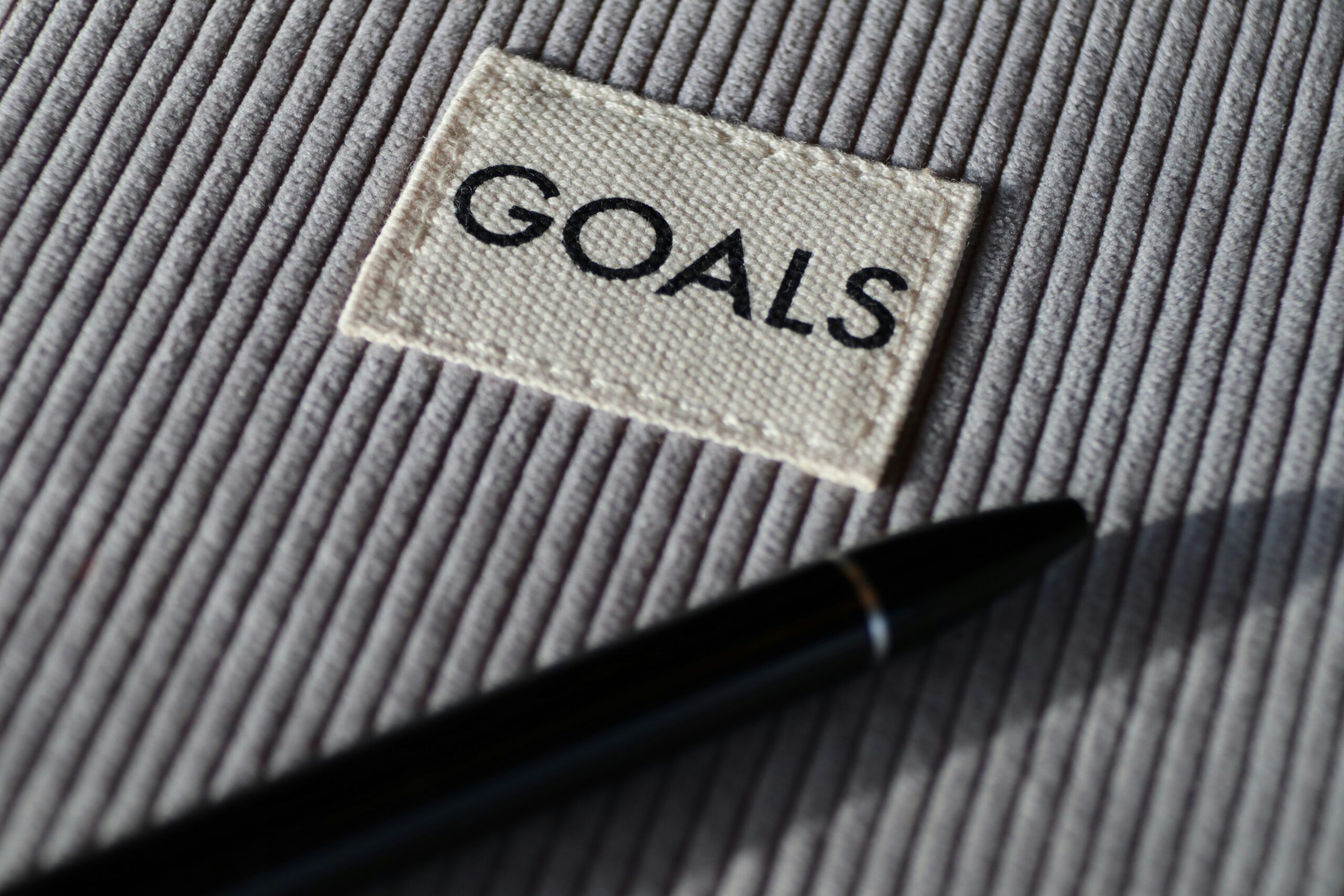Introduction
Goal Setting for Realists: Practical Success in 2025. Let’s face it — goal setting often feels like a motivational trap. You jot down ambitious resolutions, ride the initial wave of excitement, and then life happens. Sound familiar?
If you’re a realist — someone who sees life with both feet on the ground — you understand that success isn’t just about dreaming big, it’s about building strategic, sustainable systems that actually work. With 2025 knocking on the door, it’s time to redefine goal setting — less fluff, more focus.
This blog isn’t about lofty vision boards or 5 AM wakeups. It’s a realist’s guide to setting and smashing your goals in a way that’s grounded, flexible, and future-proof.
Table of Contents
Why Most Goals Fail (and Realists Know It)
According to a study published in Forbes, 80% of New Year’s resolutions fail by February. The reason? They’re often:
- Too vague (“I want to be healthier”)
- Overwhelming (“Launch a startup in 3 months”)
- Motivated by pressure, not purpose
- Built without a support system
Realists don’t chase hype. They focus on progress over perfection, and that’s where real success lies.
How Realists Set Goals: The Shift from Wishful Thinking to Intentional Living
Traditional goal setting is all about ambition. Realist goal setting is about alignment. Ask yourself:
- Does this goal fit my current reality?
- Can I sustain it with my energy, time, and resources?
- Will this goal still matter to me 6 months from now?
Instead of being idealistic, realists reverse-engineer success by thinking small, smart, and strategic.
Step-by-Step Guide to Realistic Goal Setting
🎯 Step 1: Reflect Before You Set
Before deciding what you want in 2025, evaluate what worked and didn’t in 2024.
Ask:
- What habits supported my growth?
- What drained me?
- What would I repeat, and what would I retire?
Realist tool:
Use a Stop–Start–Continue framework to review last year’s habits.
🧩 Step 2: Choose Goals That Actually Fit Your Life
Instead of chasing trends, choose goals based on your values and current season of life.
Examples:
- Instead of “Read 50 books,” try “Read 10 meaningful books and apply 1 takeaway each.”
- Instead of “Lose 10kg,” try “Walk 30 minutes daily and track energy levels.”
📌 Tip: If it doesn’t align with your lifestyle, it won’t last.
🛠️ Step 3: Break It Down Into Systems
Goals are destinations. Systems are the daily routes.
For instance:
- Goal: Launch a side hustle
- System: Dedicate 1 hour every weekday to planning, learning, or executing
As author James Clear says in Atomic Habits:
“You do not rise to the level of your goals. You fall to the level of your systems.”
📚 Read more: James Clear – Systems vs. Goals
📅 Step 4: Make It Time-Bound But Flexible
Set a time frame, but don’t be rigid. Life is unpredictable.
Use a Quarterly Goal Model:
- Q1: Foundation phase
- Q2: Growth phase
- Q3: Expansion phase
- Q4: Reflection and reset
This model gives you space to pivot if priorities shift — and they will.
✅ Step 5: Set Success Markers (Not Just End Goals)
Instead of focusing only on the final result, track milestones and habits.
Example:
- Final goal: Save ₹1,00,000
- Success marker: ₹2,000/week consistently saved
- Habit: Weekly expense review
Success becomes measurable and motivating.
🧘♂️ Step 6: Build a Feedback Loop
Every month, ask:
- What progress did I make?
- What held me back?
- What needs to change?
This prevents burnout and keeps you grounded.
Use simple tools like:
- Monthly check-ins
- Accountability partners
- Habit trackers like Notion templates
🔄 Step 7: Plan for Setbacks (Because They Will Happen)
Realists know setbacks are part of the process — not signs of failure.
Instead of giving up, build a bounce-back system:
- Missed a workout? Schedule a lighter one tomorrow.
- Spent impulsively? Pause online shopping for a week.
Flexibility + forgiveness = consistency.
💡 Bonus: Add “Buffer Weeks” into your calendar to catch up or reset.
Realist-Friendly Goal Ideas for 2025
Here are some goal examples that are meaningful, manageable, and motivating:
| Area | Realistic Goal Example |
|---|---|
| Health | Walk 5,000–8,000 steps daily |
| Career | Learn 1 new job-related skill every 2 months |
| Personal | Journal 3x per week |
| Financial | Automate ₹5,000 monthly into savings |
| Relationships | Call 1 friend/family member weekly |
| Growth | Complete 1 online course each quarter |
You can tailor these based on your needs and schedule.
Helpful Tools and Apps for Realists
- Google Calendar / Any.do – For time-blocking and weekly planning
- Notion or Evernote – For creating visual dashboards and tracking goals
- Habitica – Gamify your habits (great for accountability)
- Trello – Project management for side hustles or study plans
Want to explore more? Check this curated list: Top Goal-Setting Apps in 2025
Realist’s Mindset: The Secret Ingredient
What separates dreamers from doers? Mindset.
Here’s what successful realists believe:
- Progress > Perfection
- Consistency beats intensity
- You can reset at any time
- There’s no shame in adjusting the plan
- Burnout isn’t a badge of honor
Celebrate small wins. They’re not small — they’re proof you’re moving.
Conclusion: Real Results Need Real Strategies
In 2025, don’t just chase goals — build the life that supports them.
Realist goal setting is not boring — it’s liberating. You don’t need grand resolutions. You need clear direction, doable actions, and the mindset to keep showing up.
So as the new year unfolds, ask yourself:
“What would success look like if I made it work for me?”
Then build it — one practical step at a time.
Find more Lifestyle & Personal Development content at: https://allinsightlab.com/category/lifestyle-personal-development/

